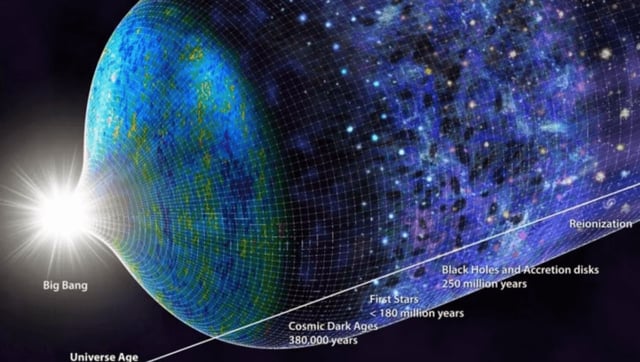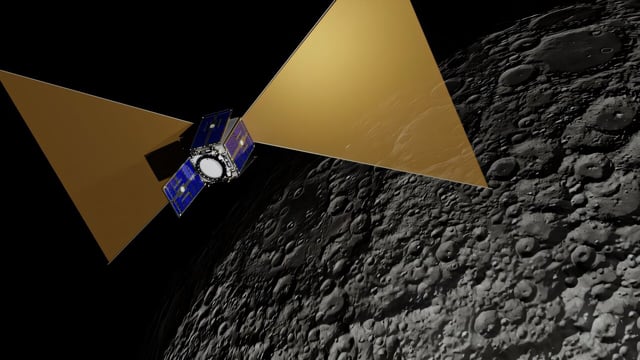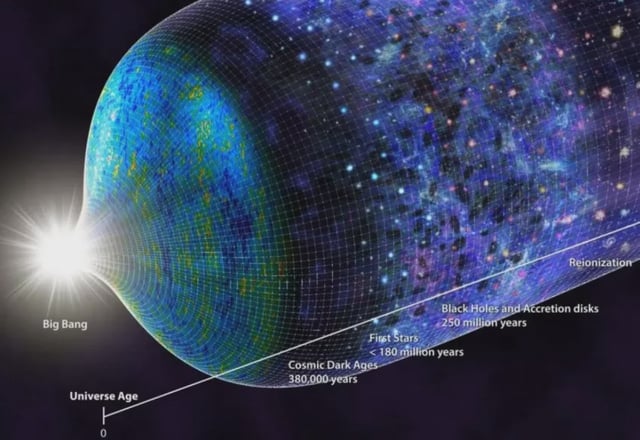Overview
- CosmoCube’s low-power radiometer is designed to capture faint 10–100 MHz emissions from neutral hydrogen during the universe’s Cosmic Dark Ages.
- Orbiting the Moon’s far side will exploit its natural radio-quiet environment to shield the instrument from terrestrial interference.
- The proposal, unveiled on July 9 at the Royal Astronomical Society’s National Astronomy Meeting, aims to inform models of the Hubble expansion rate discrepancy and dark matter–baryon interactions.
- The mission is led by a UK Space Agency consortium including the University of Cambridge, University of Portsmouth, STFC RAL Space and SSTL Ltd.
- SSTL is developing the low-cost satellite platform while RAL Space oversees environmental testing to ready CosmoCube for its late-decade launch.


